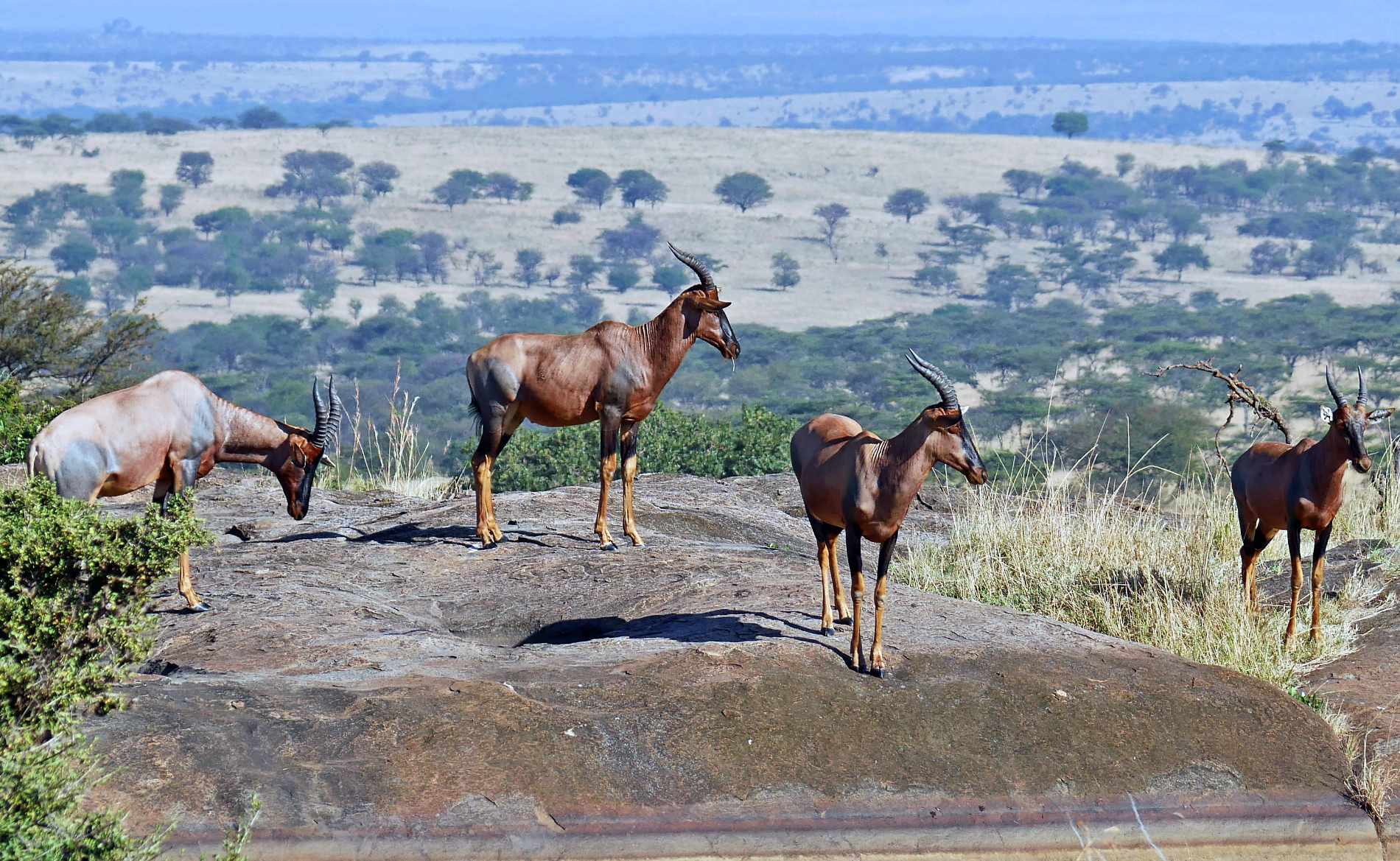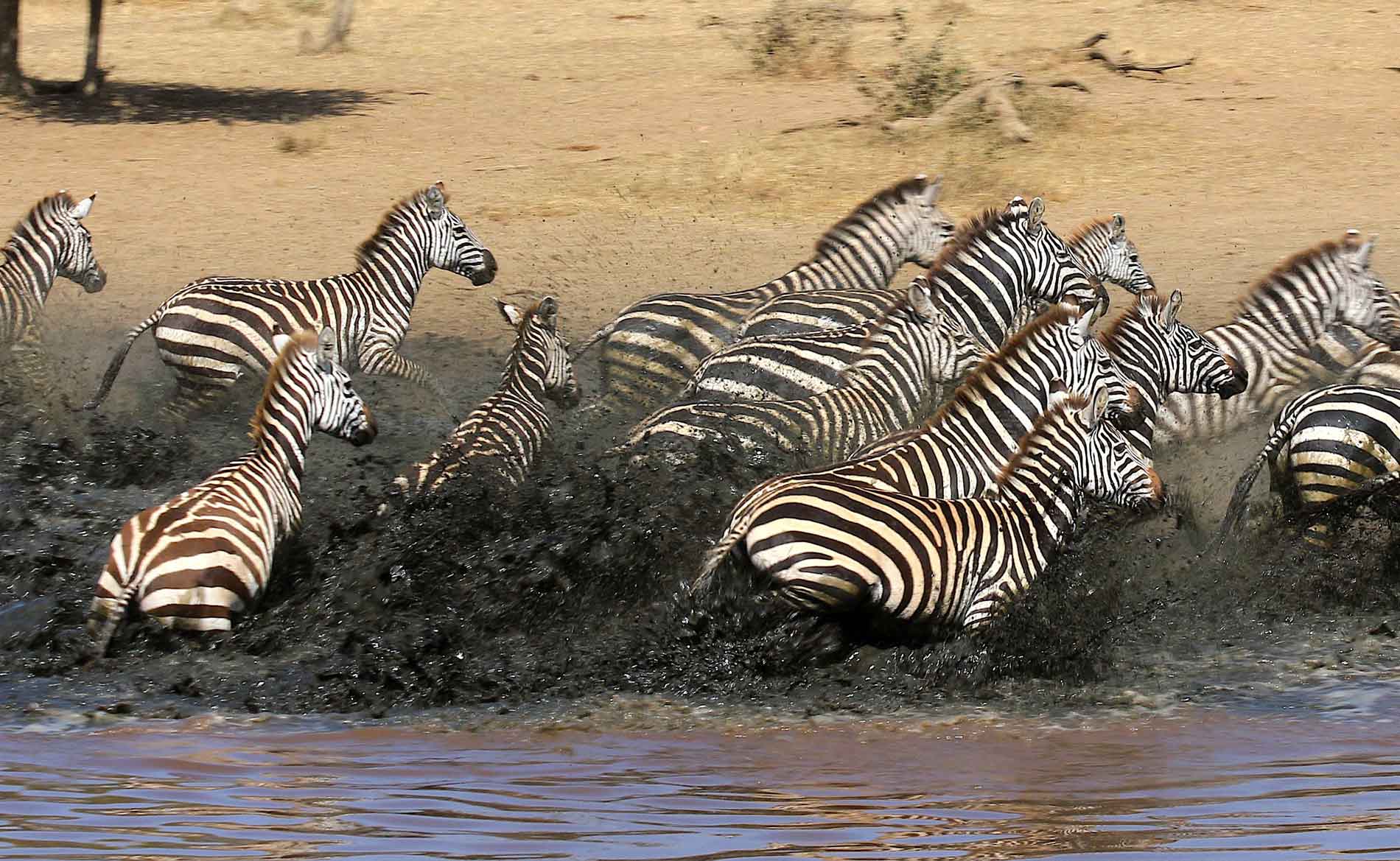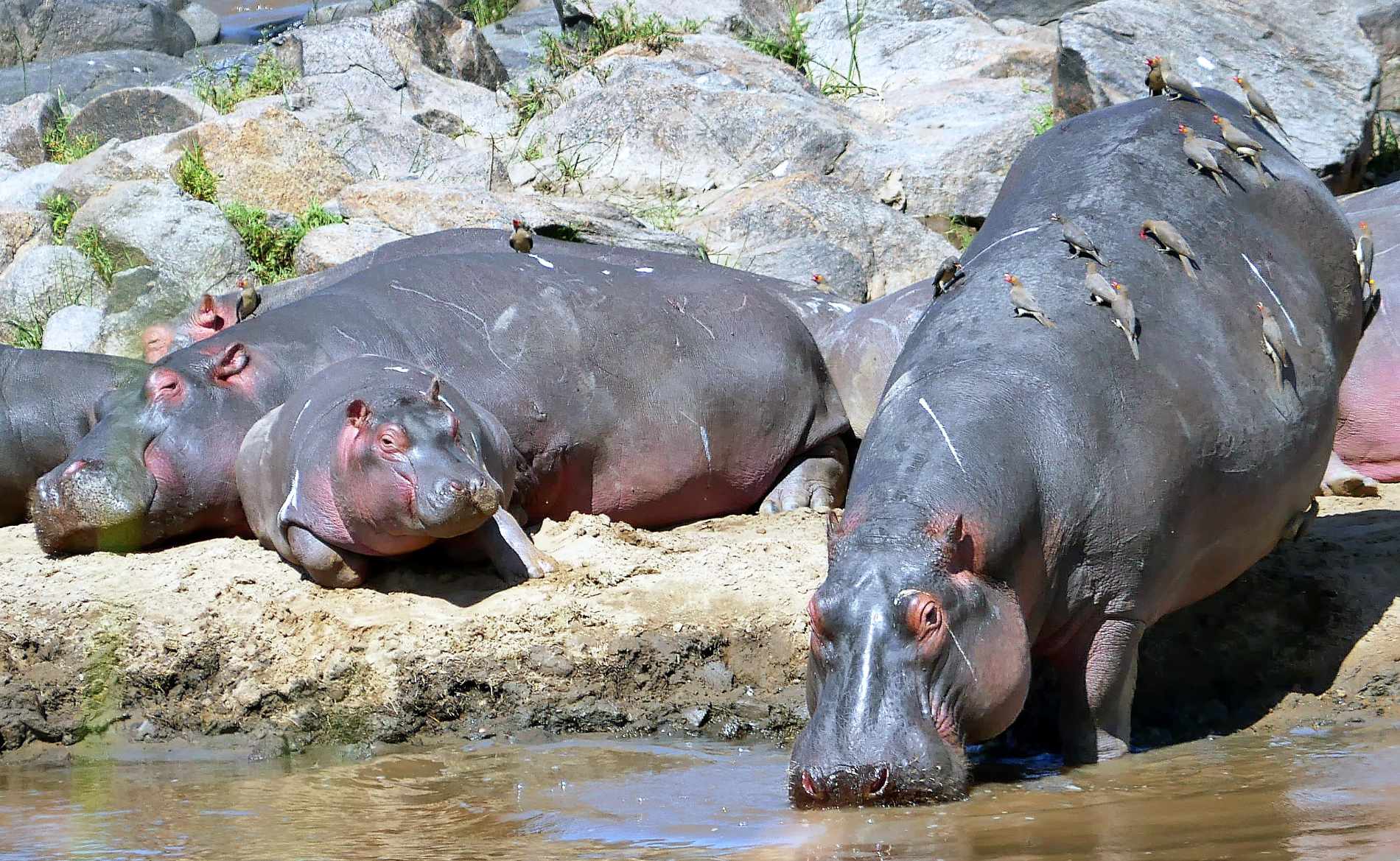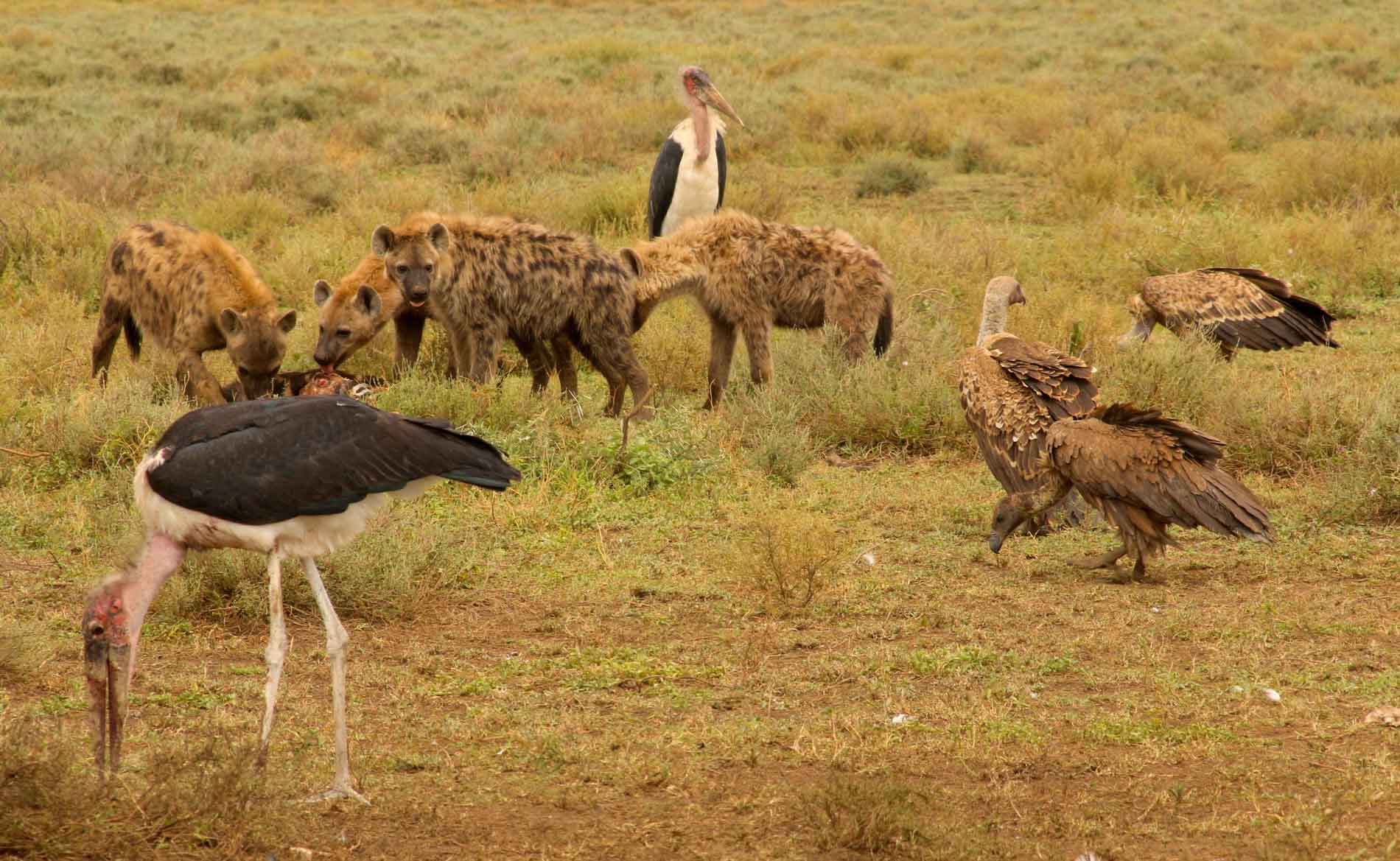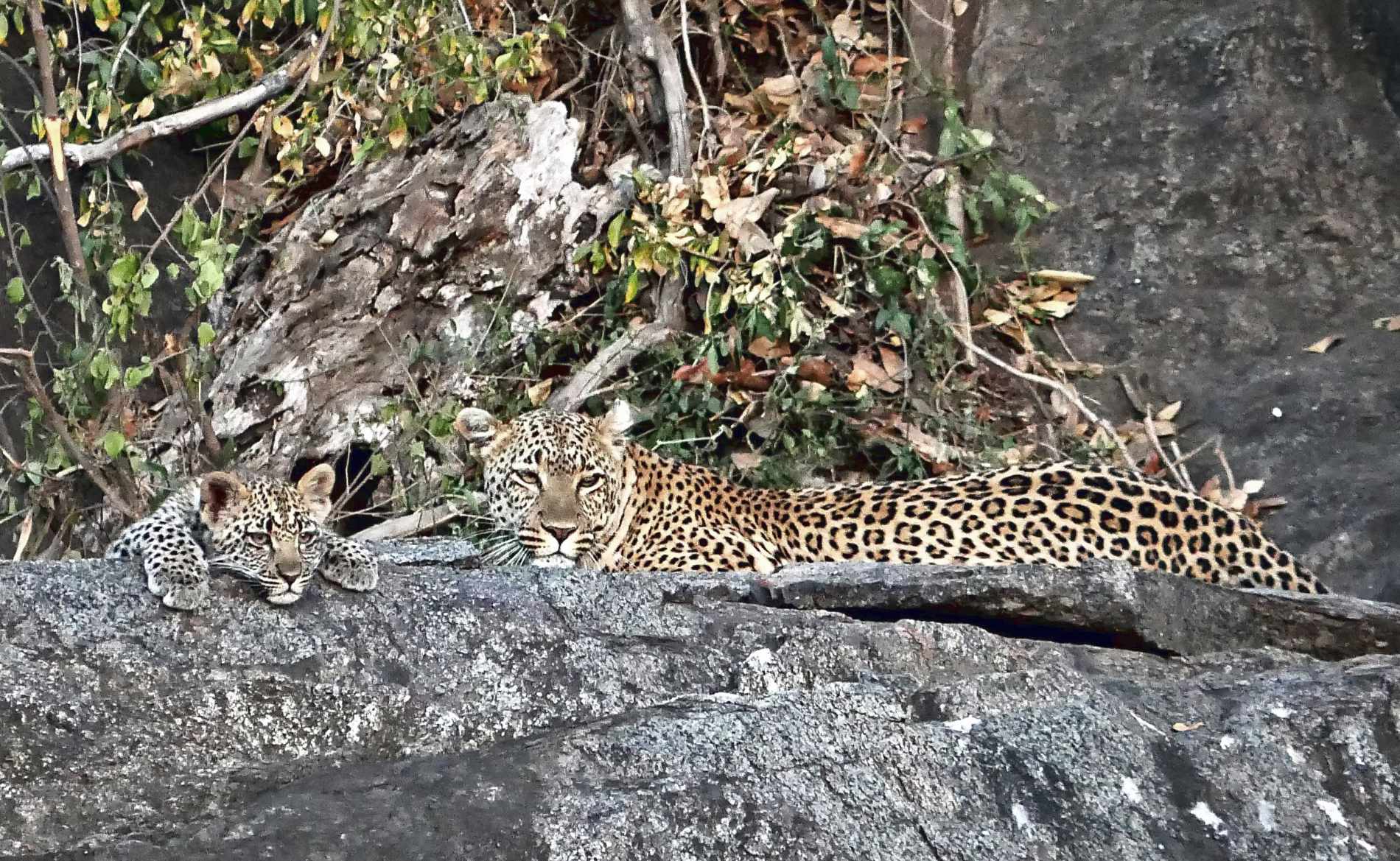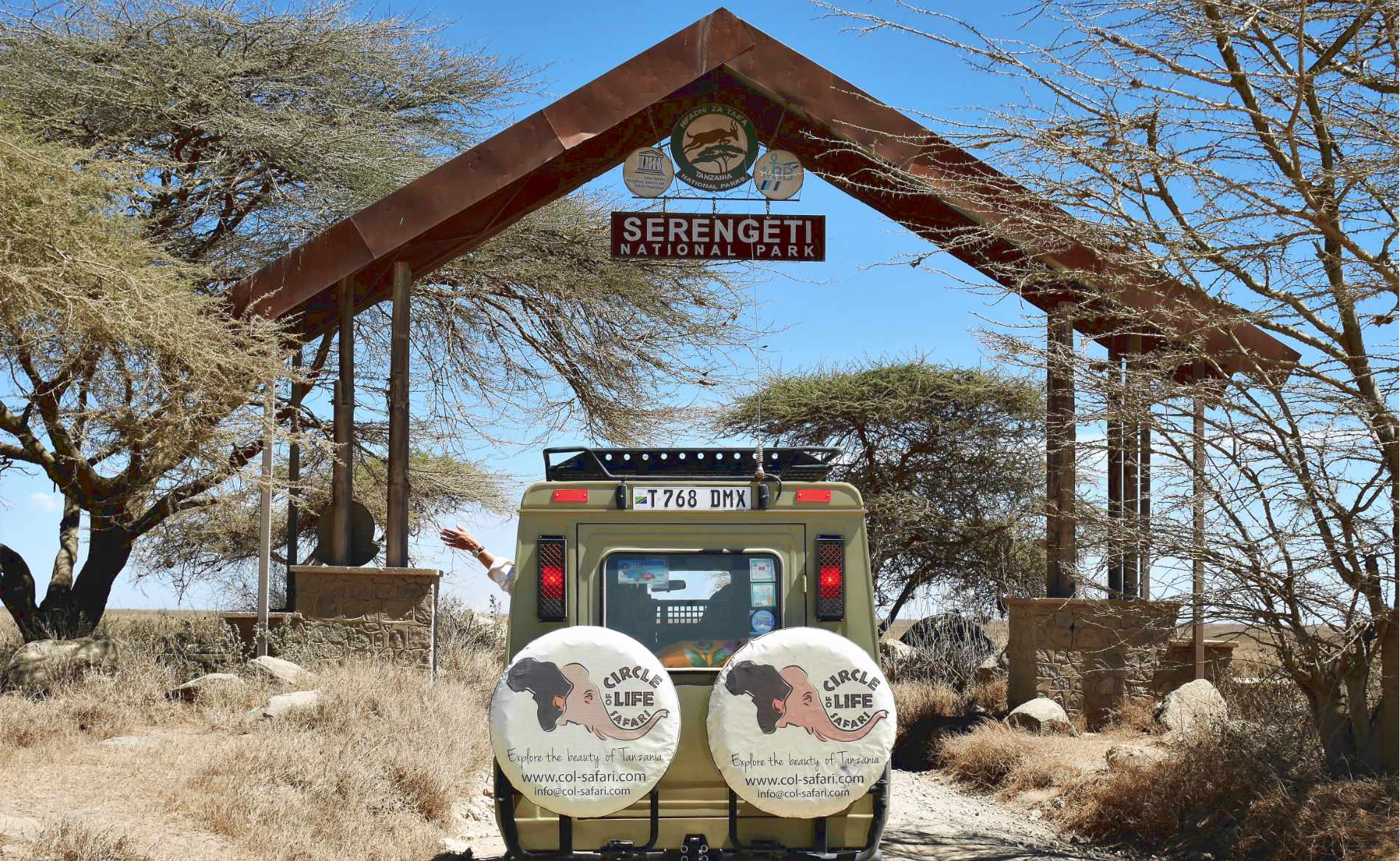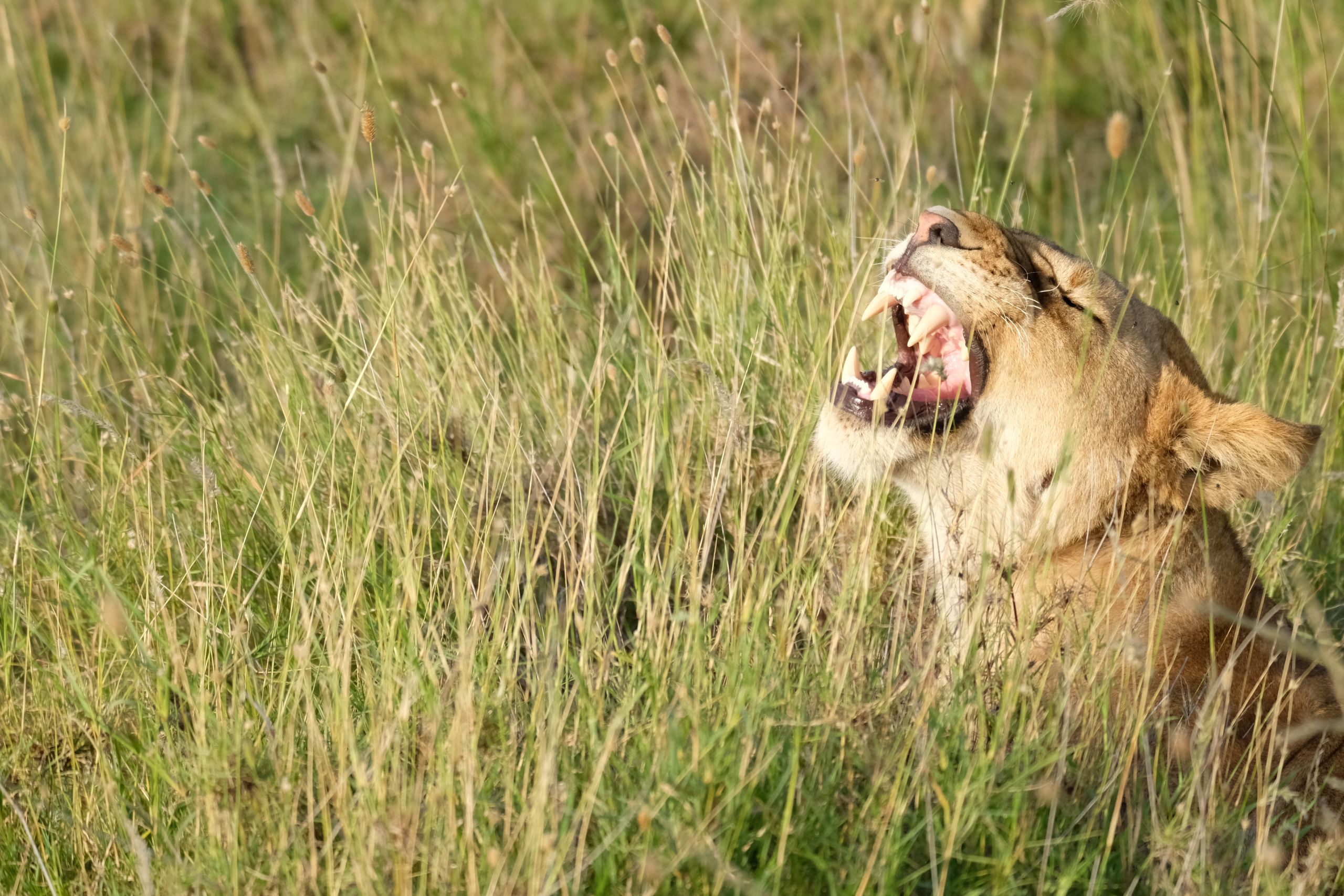Serengeti National Park: Great Migration – countless wildebeest and zebras searching for water and food with predators on their heels – That’s the “The Circle of Life”
Facts Serengeti National Park:
- Founded in 1951
- UNESCO World Heritage Site since 1981
- The most important ecosystem in Tanzania and Kenya with the largest mammal migration in the world
- In the Serengeti you will find various types of accommodation, from public campsites where you are very close to the wild animals, to tented camps perfectly adapted to nature, to luxurious lodges with pools and all-inclusive offers, there is something for everyone.
- Size of Serengeti National Park 14,750 km2 = about 1/3 of the area of Switzerland
- Size of Serengeti ecosystem approx. 30,000 km2 = the size of Belgium
Getting here from Arusha:
- 255 km = six hours by safari car or just under one and a half hours by plane
Best time to visit:
- There is definitely something to see in the Serengeti all year round
- If you want to watch the Great Migration crossing the Grumeti or Mara River, you have the best chances from June to September and from November to December, although the exact time always depends on the current rainfall
- From late January to March, you can watch the wildebeest, zebras and other gazelles calving and the chances of experiencing a predator hunt are highest
Highlights Serengeti National Park:
- Marvel at parts of the Great Migration, which at its best means wildebeest and zebra as far as the eye can see
- Spotting a graceful leopard as it climbs into a treetop to rest
- Gazing across the eternal expanse to the horizon and experiencing a fiery red sunset
- Look into a pair of hyena eyes at night in the light of a flashlight and be woken up the next morning by the bleating of wildebeest
- Watch a pride of lions hunting or eating their prey with relish
- Capture the magic from a bird’s eye view on a hot air balloon safari
Serengeti comes from the Maasai word “Siringet”, which means endless plain. There definitely couldn’t be a more fitting name! When you enter the Serengeti National Park on the main route from the Ngorongoro Conservation Area via the so-called Naabi Hill Gate, you can experience it for the first time. After a few steps up to the Naabi Rocks, you won’t be able to stop marveling. The savannah of the Serengeti stretches in all directions to the horizon. Coupled with the soothing silence that is hard to describe and the unique harmonious light, the place can only be described as magical. Over the course of your visit to the Serengeti, the voices and faces of the many animals will add to this feeling.
The area of the Serengeti ecosystem has also been colonized by humans over the past four million years. Most recently, Maasai herders lived here with their herds of cattle in harmony with the wild animals. With colonization at the end of the 19th century, the indiscriminate hunting of the wild animals of the Serengeti began. After the populations were severely reduced within a few decades, the British colonial administration successively declared parts of the area a protected area in 1929 and 1940, before the national park was established in 1951. This originally also included the Ngorongoro Conservation Area, which severely restricted the Maasai’s grazing area. As a compromise, in 1959 Ngorongoro was separated from Serengeti National Park as a protected area, where Maasai herders are still allowed to graze their cattle today. Since then, the Serengeti National Park has covered an area of 14,750 km2.
In the 1950s, Professor Bernhard Grzimek and his son Michael made a significant contribution to the Serengeti’s considerable size and worldwide fame. They spent several years studying the wildlife of the Serengeti, in particular the “Great Migration”, the largest mammal migration in the world. Over the course of a year, millions of wildebeest, zebras and gazelles cross the national park twice, always in search of sufficient water and fresh grass. Depending on rainfall, their journey “begins” at the beginning of the year in the south of the ecosystem, also known as Ndutu, and partly in the Ngorongoro Conservation Area. Around April, the herbivores migrate further towards the west of the park, where they have to cross the Grumeti River around the middle of the year. From July onwards, the “Great Migration” crosses the Mara River and thus also the border to Kenya, before taking the same route back from the Maasai Mara to the Serengeti from October onwards. At the end of the year, the majority of the animals stay in the east of the national park, only to end their journey in the south and start again at the same time. There could hardly be a better example of the eternal circle of life. The Grzimeks observed and documented the routes and numbers of the animals from the air for several years and finally published the book and film of the same name “Serengeti shall not die” in 1959. Their work was instrumental in establishing and defining the boundaries of the Serengeti National Park. In the same year of her great success, her son Micheal Grzimek died in a collision with a vulture and his Cessna during an observation flight. In memory of their legacy, a memorial stone was erected for Bernhard and Michael Grzimek on the edge of the Ngorongoro Crater. Back to the Great Migration: No matter what time of year you visit the Serengeti, we will always do our best to ensure that you can experience this unique natural phenomenon live. Be it watching thousands of wildebeest grazing in the savannah and listening to their bleats filling the air, watching a caravan of zebra and wildebeest and their calves crossing the plains in search of fresh grass, watching the herds from a hot air balloon in the early morning, from a hot air balloon in the early morning, marveling at the herds that stretch to the horizon or how they plunge in large numbers into the floods of the Mara River to continue their endless journey on the other side – this experience, the Great Migration, will not let you go any time soon.
And that is just one aspect that makes the Serengeti so special. Where there is prey, there are also hunters. A considerable number of big cats live in the national park again today, especially lions. You can often see them roaming through the savannah, looking for a shady spot at the edge of the path or watching their cubs romping on rocks, the so-called kopjes, and warming themselves in the sun. A sighting of lions with prey or even a hunt is not unusual, it just depends on whether you are in the right place at the right time. The hunters follow the prey on their migration, as do the scavengers. These include hyenas, vultures and marabou, and sometimes jackals. They can often be seen roaming near fresh prey or circling over it, sometimes more, sometimes less patiently waiting for the lions to have their fill and leave them a share. In addition to the proud protagonists of “The Lion King”, there are also other big cats. Leopards are often well camouflaged in the branches of a tree, but they rarely escape the eyes of our experienced guides. Cheetahs are more likely to be found in the flat, treeless corners of the park, often near a hill, where they can spot their prey more easily. If you spot one of the two spotted cats with kittens, consider yourself lucky, as both species are listed as endangered on the IUCN (International Union for Conservation of Nature and Natural Resources) Red List.
The Great Migration and the predators are undoubtedly the main reasons to visit the Serengeti. But there is so much more to see. Elephants, giraffes, hippos, various antelope species and bucks, buffalo, warthogs, baboons, crocodiles, a few black rhinos and many more animals are also at home in the Serengeti. This also includes over 500 different bird species, from the small oxpecker, the hornbills known from The Lion King, the graceful cranes and secretary birds to eagles, vultures, marabou and the largest bird on earth – the ostrich. In addition to all these great and exciting discoveries, it is the Serengeti itself that makes a visit unique. The orange light on the horizon at sunset, the voices of the animals around you at night, the endless view over the plains of the savannah, looking out for animals, large and small, all make the Serengeti a magical place that will stay with you no matter how long you visit it.



